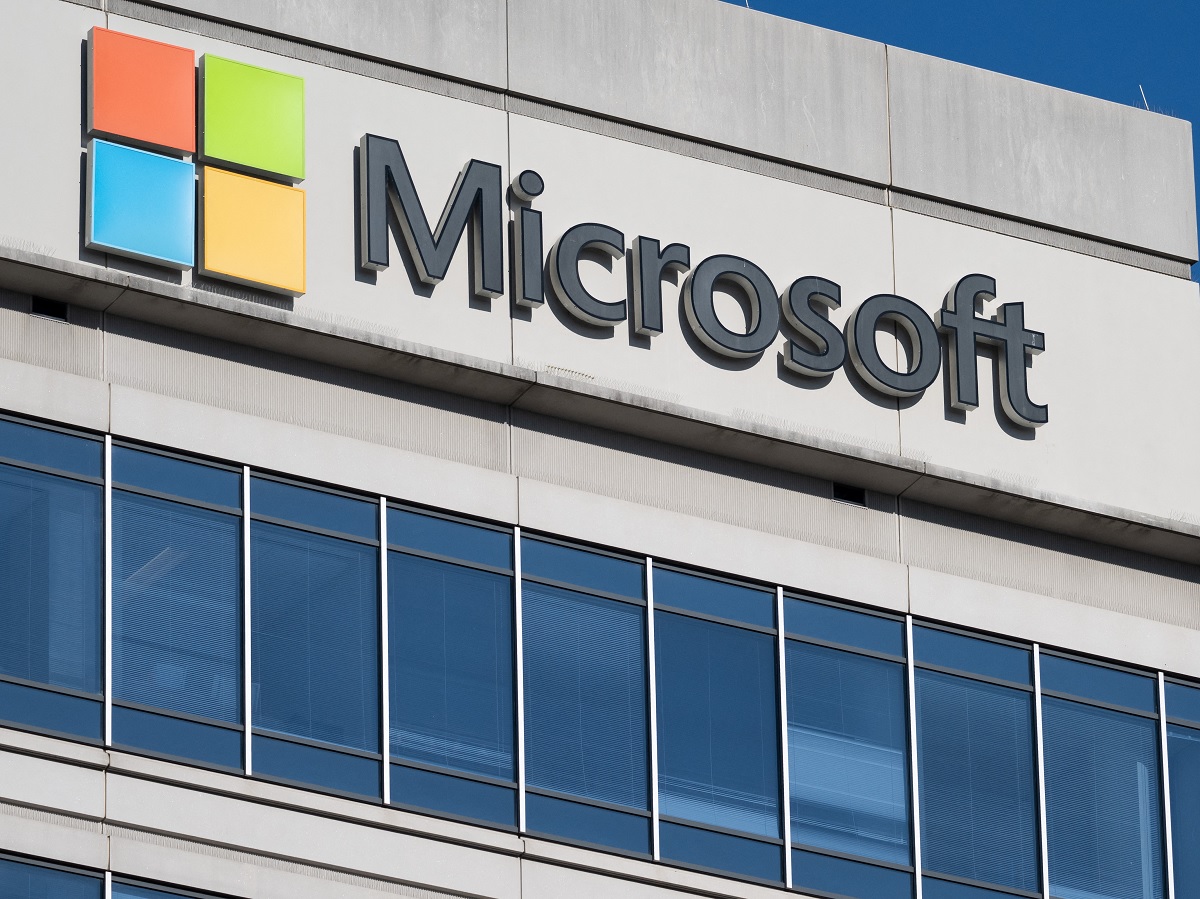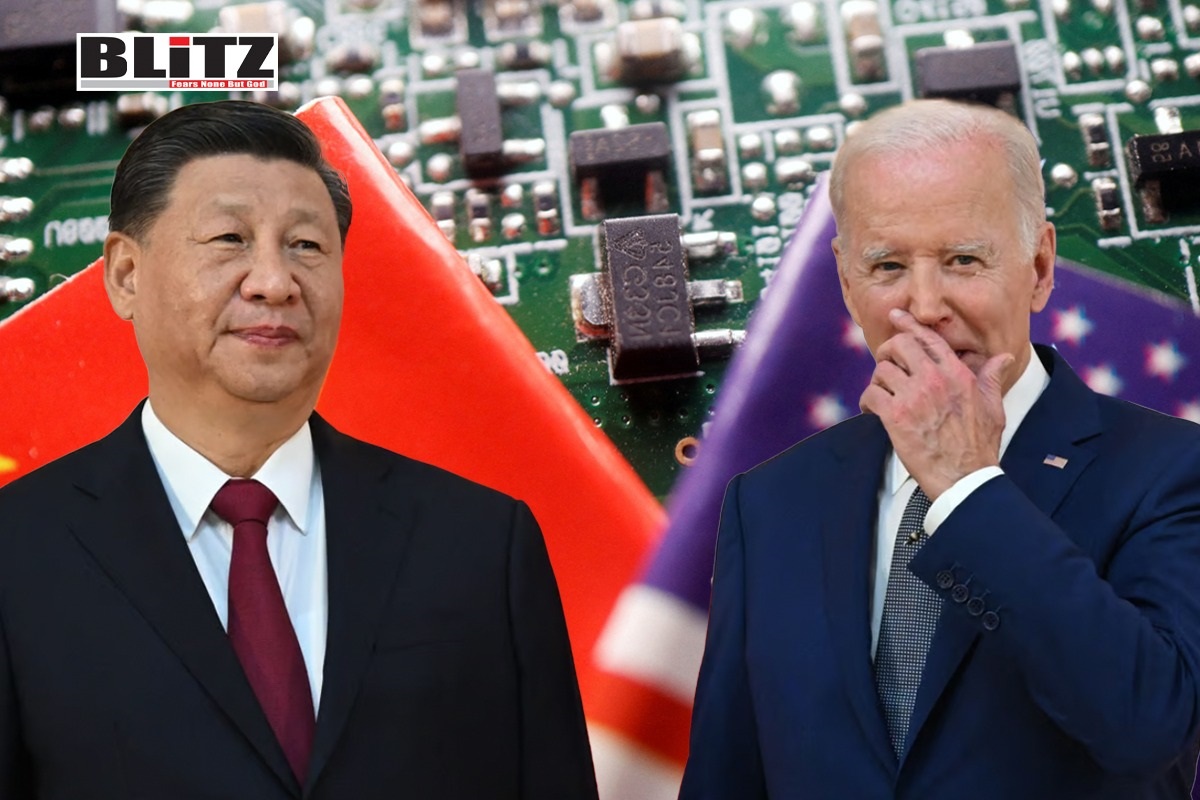Microsoft’s ambitious plan to power data centers with nuclear energy
- Update Time : Friday, October 6, 2023

In a strategic move aimed at addressing the growing energy demands of the AI era, Microsoft is quietly exploring the use of small nuclear reactors to power its data centers. This bold initiative was revealed through a job listing posted in late September for the position of ‘Principal Program Manager Nuclear Technology’.
The job listing outlines Microsoft’s intention to mature and implement a global Small Modular Reactor (SMR) and microreactor energy strategy. The successful candidate for this role would be responsible for not only assessing the feasibility of utilizing nuclear power for Microsoft’s data centers but also for developing a comprehensive and adaptable roadmap for integrating this technology. Additionally, the individual would play a pivotal role in selecting technology partners and solutions for the project.
Small Modular Reactors (SMRs) represent an emerging form of nuclear fission reactor technology that leverages nuclear chain reactions to produce steam, which in turn drives turbines to generate electricity. While nuclear energy has been a topic of controversy due to historical catastrophic incidents like Chernobyl and Fukushima, concerns about nuclear waste, and proliferation worries, it remains appealing to proponents as a low-carbon alternative to fossil fuels.
What sets SMRs apart is their smaller and more flexible design compared to traditional nuclear reactors, making them potentially viable for commercial-scale production. This technology has garnered renewed interest in recent years, especially in the context of the energy-intensive information economy driven by data centers.
Interestingly, Sam Altman, the CEO of OpenAI, has ties to a company working on small-scale nuclear reactors to power AI-related endeavors. Meanwhile, proposals to replace Australia’s coal-fired power stations with SMRs have faced skepticism due to high estimated costs.
The energy demands of the information economy, fueled by the expansion of data centers equipped with powerful GPUs for AI training, have grown significantly. Microsoft, in particular, has experienced a surge in water consumption to keep its data center hardware cool.
In pursuit of more efficient server farm management, Microsoft conducted Project Natick, where a data center was submerged in the ocean for two years. Despite the pilot’s conclusion, Microsoft has yet to release findings on the project’s viability.
Microsoft’s exploration of nuclear power for data centers underscores the company’s commitment to sustainability and the challenges posed by the energy requirements of the AI-driven future.



















Leave a Reply